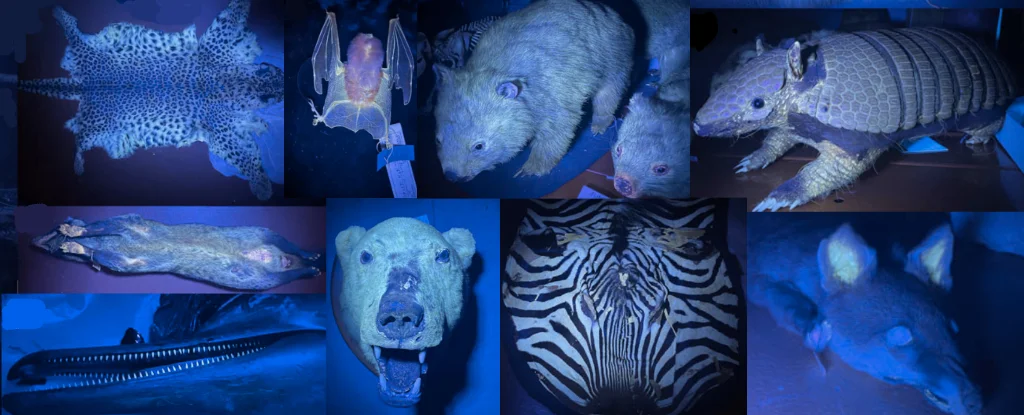Mammalian forms include both living and extinct species that are closely related to mammals. The study of mammalian forms helps scientists decipher the evolutionary development responsible for various characteristics of mammals.
In two subsequent studies nature magazine From the Institute of Vertebrate Paleontology and Paleoanthropology (IVPP), Chinese Academy of Sciences. Mao Fanyuan and Dr. Zhang Chi, along with colleagues from Australia and the United States, recently reported two Jurassic mammal forms from China, revealing the oldest dental fossils. diversification, lower middle ear jaws, and joint-quadruple joint transformation of mammalian forms.
The research provides important information about the evolutionary transition from reptilian jawbones to early mammal middle ear ossicles, providing new insights into the early diversification of mammalian forms and changing early mammalian phylogeny.
Schuotheriids and the evolution of teeth
Schuotheriids were Jurassic mammal forms with pseudotribosphene molars with a “pseudothalonid” (basin-like structure) in front of the trigonid on the lower molars. In contrast, the molars of living mammals have a tribosphene pattern in which the talonid is located behind the trigonid and “receives,” that is, attaches to the protocone of the upper molars for food processing/chewing.
Traditionally, shuotheriids have been grouped phylogenetically with “australosphenidans” (including living monopods), but this relationship is controversial and leaves some puzzling morphological, paleogeographic, and functional questions regarding mammalian forms unexplained.
In the first paper, researchers examined two specimens from the Middle Jurassic site of Daohugou in Inner Mongolia and identified a new genus and species of shuotheriids. feredokodon chowi.
Based on evidence of complete dentition, occlusal relationships, and consistent dental homology, the researchers proposed a new interpretation: Pseudotribosphene molars are actually homologous to the docodont molar model.
The results of the phylogenetic analysis reconstructed based on the revised dental characteristics show that: morganucodonThe -like ancestor independently gave rise to three major mammalian groups: Docodontiformes (Docodonta and Shuotheridia), Allotheria, and Holotheria (symmetrodontans, therians, and kin). An important feature of the evolution of teeth in early mammalian forms is the emergence of molars from triconodont ancestors. morganucodon has become larger and more complex for more efficient food processing. However, the evolutionary processes of the three groups took place in different directions.
Development of the lower jaw middle ear
In a second paper, researchers reported the mandibular middle ear (MdME) of two species; one was schuteriid feredocodonedescribed above, and the other – an animal similar to this morganucodon It is called from the Early Jurassic Lufeng biota dianokonodon young.
These two species showed some new morphological features that confirm the evolutionary transition from jaw bones to middle ear bones in early mammals. The features of the lower jaw indicate that the articular-quadruple joint, one of the double jaw joints of Morganucodon’s ancestors, lost its load-bearing function in Dianoconodon, while the lower jaw middle ear was better adapted to hearing. The postdental bones of schooloterid species are more developed and show features suitable for a purely auditory function.
New data provide insight into how ossified Meckel cartilage functions as a stabilization mechanism and show that medial displacement of the quadrate relative to the glenoid plays a critical role in the conversion of the load-bearing jaw joint to middle ear structures.
This study strongly supports and reinforces the idea that the gradual evolution of the mammalian middle ear is a classic example of vertebrate evolution.
Source: Port Altele
